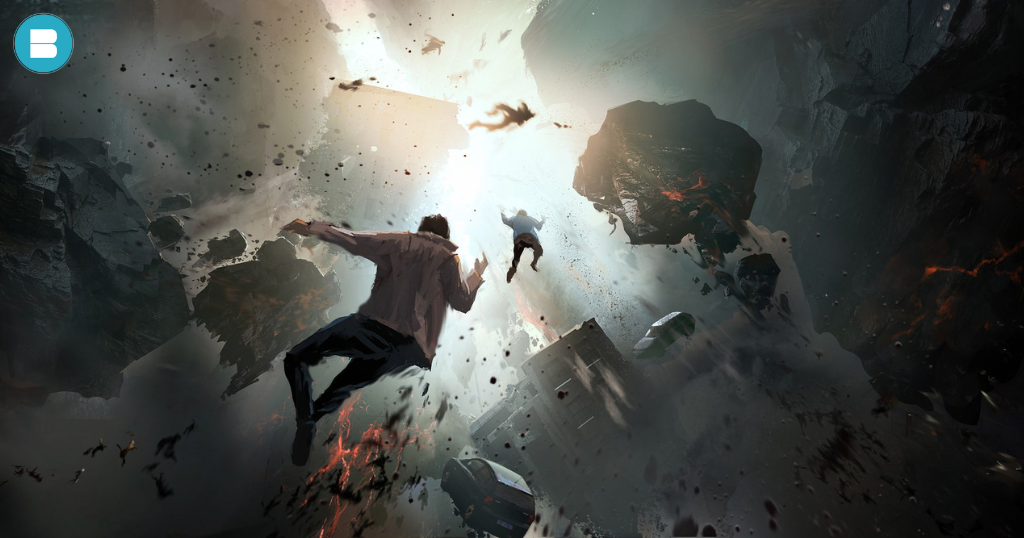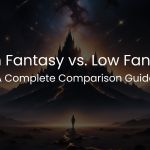Looking to publish an action fiction book? The literary genre of action fiction encompasses spy novels, adventure stories, tales of fear and intrigue, and fantasy. Suspense, the tension created when the reader wants to know how the conflict between the protagonist and antagonist will be resolved or what the solution to a thriller’s puzzle is, is used in this type of fiction.
Read: Complete Guide on how to write and publish a historical fiction Book.
Action fiction is a type of genre literature defined by an emphasis on exciting action sequences. This does not always imply that they do not value character development or storytelling. It covers martial arts action, extreme sports action, car chases and vehicles, suspense action, and action comedy, with each focusing on its particular sort and flavour of action in greater detail.
The emphasis of an entire work can usually be deduced from the creative style of an action sequence, therefore, for example, the style of a combat sequence will indicate if the entire work may be classified as action adventure or martial work. The primary definition of action is a central focus on any type of thrilling movement.
Action or adventure novels can be of many types-
- Spy novels – Action and adventure are required in spy fiction. Though some stories might have it outright, others may take a more cerebral approach. The main character or characters are assigned a mission at the beginning of the novel.
- Fantasy Novels – Fantasy novels are set in a magical world ad usually have action scenes involving the use of magic. These action scenes might be elaborate with vivid descriptions.
- War Novels – It is a novel in which the main action takes place on a battlefield or in a domestic setting (or home front), with the protagonists obsessed with the preparations for, effects of, or recovery from war. Many narratives are historical fiction.

Here are some tips to make writing action or adventure novels easier:
- Length of the sentence: Knowing how to pace the short story so that readers are fed the action at a constant and gratifying pace is essential when writing action scenes. Your viewers will be confused and overwhelmed if your action sequences are designed with long-winded phrases full of verbs and adjectives. Shorter sentences get to the point faster and more efficiently, reducing the use of unnecessary filler words.
- Active voice: Keeping the narrative voice active keeps the plot moving. Readers observe how the main characters are actively working and reacting in their environment in what appears to be real-time, giving the syntax more punch and keeping the narrative dynamic.
- Character goals: Action fiction is a thing that should take place for a reason—characters’ actions should be based on their motivations, points of view, and previous choices. The acts of a protagonist should always move them towards their major goal in a way that is relevant to the narrative events at hand. The ambitions of a character influence their development, forcing them to alter and evolve depending on how events unfold in your plot.
- Consequences: Action fiction can be entertaining to watch, but it lacks the element of risk or a potentially tragic conclusion that keeps people on the tip of their seats. Without becoming inundated with events and losing their place in the narrative, action writing should make the viewer feel as if something could happen to the hero at any time.
- Keep action scenes brief: Many high-intensity moments occur in action-adventure stories/movies, and it is preferable if they occur in short bursts so that the reader does not become overwhelmed by high-octane occurrences. The struggle against the renegade android in your science fiction action story shouldn’t be a single 50-page scene—the readers need a breather every now and then to reset the intensity and have it built up all over again for them.
There will be times when you will be stuck in the middle because your mind will tell you that you cannot write or that you have lost your inspiration. It is a good idea to watch or read action ad adventure narratives for inspiration.
What to steps to keep in mind before publishing an action/adventure fiction book?
- Know your sub-genre of Action and Adventure book.
As mentioned above there are different types of action books. Identify your subgenre within them. Understand your target audience. Make your novel stand out by being aware of your writing style, plot, and characters. - Establish a publication budget for yourself.
Self-publishing demands you to be an entrepreneur, and you are solely responsible for ensuring that your book looks professional. So, the first step is to assess the cost of self-publishing your book. This should include a rough estimate of the costs for photography, design, and editorial support. - Put your work in perspective.
People will recognise you by your work. Your story will demonstrate your uniqueness as a writer. Be as realistic as possible, with a dash of thrilling action writing components such as ups and downs, the necessity for a climax, and the turn of events for good or bad. - You should edit your own book.
Make as many modifications as you possibly can. Begin with a title; write the easy bits first, then continue to the more difficult parts. Constant editing is required. If you think your first draught is perfect, you’re mistaken. Editing can help you discover your true beliefs. DO NOT BE FEARFUL OF FAILURE. It’s simple to play it safe while yet exploring popular topics. On the other hand, ideas are quite inexpensive, and the vast majority of them are erroneous. You must test a large number of them before you can select the good ones. Don’t get too connected to it or worried that it will be taken. They’re extremely unlikely to do so. - Look for the suitable publishing house for you.
Consider the advantages and disadvantages. Each publishing house business will have something you want and something you don’t want; make sure to examine all of the options and scenarios before deciding on the best publishing house for you. - Trust the process and work together with the team.
Discuss everything with them before signing a contract to kick off the procedure. Keep up with the process and revel in the excitement of becoming a new author. Make sure you understand what you need on your cover page, the genres of your book, and who your target audience is. As a client/author, try to be a good sport while still keeping your project team members engaged
The theme of action/adventure stories are thrilling – it gives you an impeccable rush of adrenaline. The world of puzzles and mystery mixed with breathtaking scenarios.
BlueroseONE has many published authors who have written mind-blowing-tastic action/adventure fictions and now it is your turn to be a self-published author too.

















It’s really a great and useful piece of information. I’m satisfied that you just shared this helpful information with us.
Please stay us up to date like this. Thank you for
sharing.